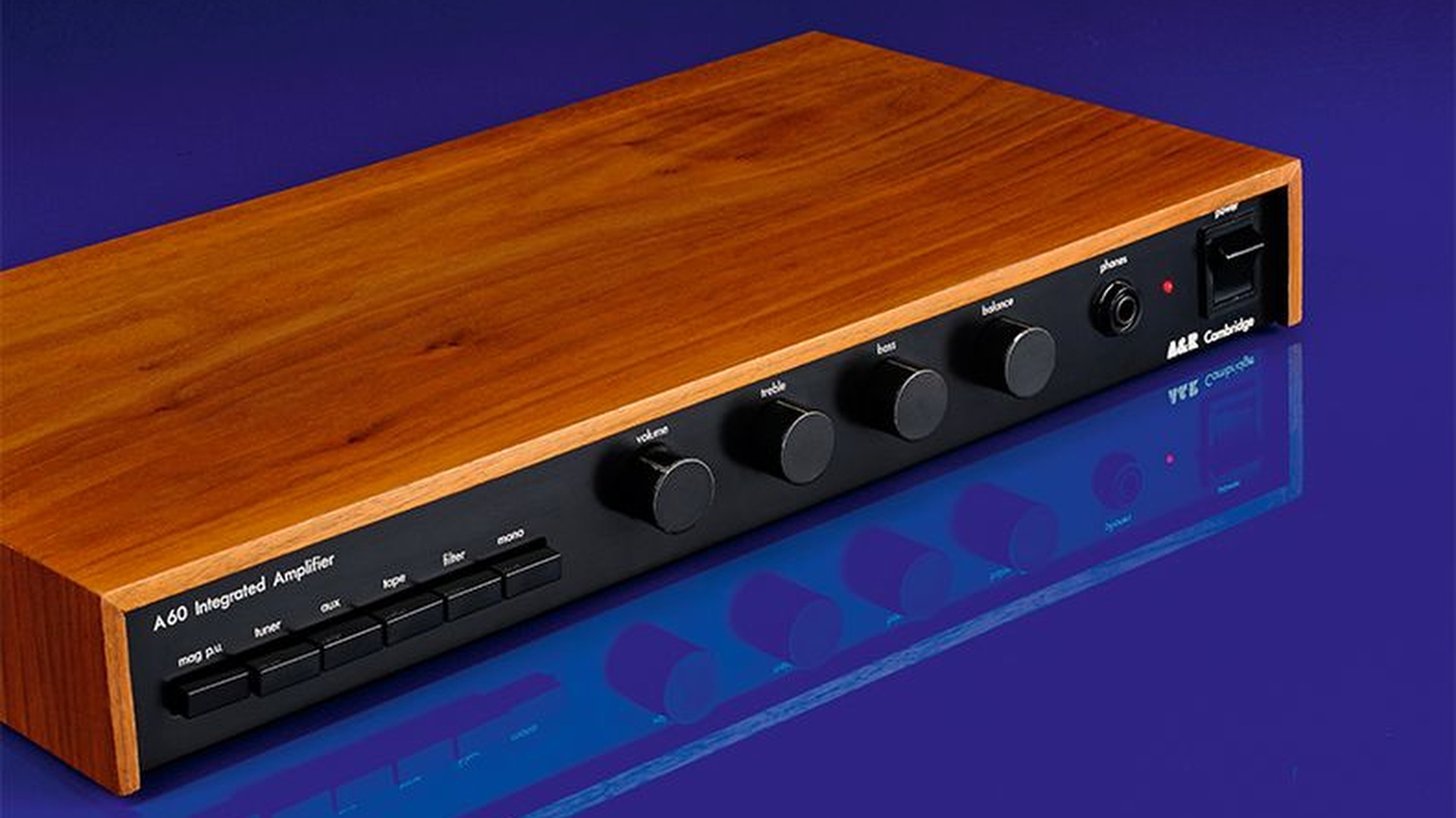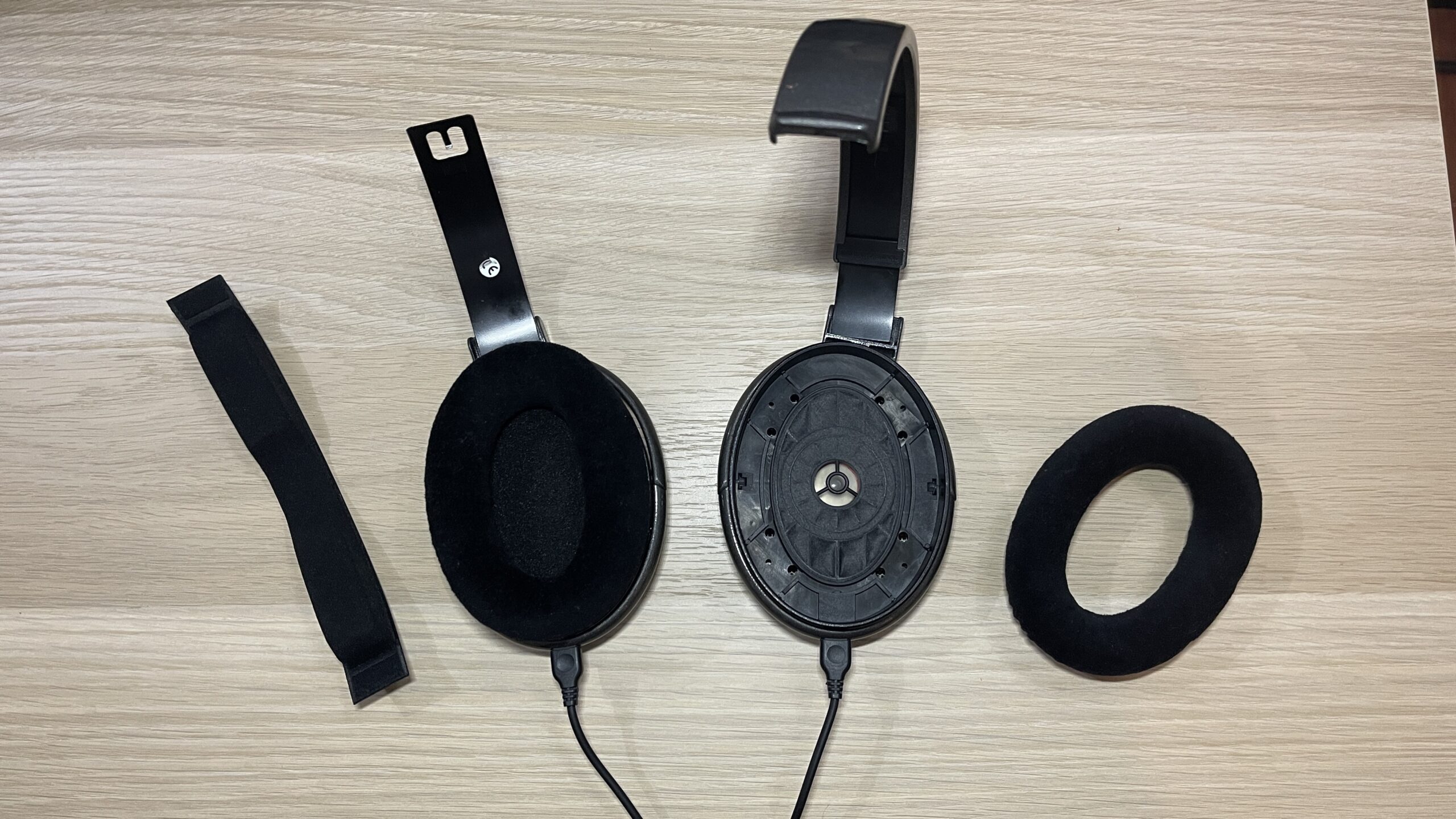I own a pair of Sennheiser HD650 headphones. Mine are an early pair, bought around 20 years ago. They don’t see much use these days since What Hi-Fi? tests so many headphones, and there is always something new to listen to. Regardless, I still dig out the Sennheisers every once in a while, just because I like the way they sound.
The last time I did that, I noticed that the earpads and cloth-covered headband pads felt soft and had lost their shape a little. I Googled these things, as you do, and was surprised at the sheer quantity of replacement options available. I could buy the official ones from Sennheiser, of course, but there were a huge number of cheaper alternatives from third-party companies.
Now, I know that the HD600 series of headphones has been a huge success for Sennheiser. They have become touchstone products in the headphone world since the original in the series, the HD600, broke cover in 1998. So, it isn’t all that surprising that spares remain available on the aftermarket, particularly as pretty much all versions of these headphones remain in production to this day. Even so, I still felt a lovely sense of satisfaction that the product I had bought decades ago was still being supported.
This got me thinking about how we’ve become used to replacing various categories of hi-fi and AV products after just a few years of use. Most in-ears, wired or wireless, tend to be seen as disposable. Once a wire breaks or the Bluetooth stability wavers, that’s it, they’re replaced.
Many people don’t think twice about changing their smartphone every year or two. Others may wait longer, but even then, annual operating system upgrades ultimately force any user to move to a newer model just to enjoy a stutter-free user experience. When it comes to phones and computers, it seems that obsolescence is baked in.
But beyond phones, tablets and computers, I see people throwing away older, though perfectly capable TVs rather than repair them, and the reason is either a lack of spare parts or, you’ve guessed it, progressively worse performance due to software issues. Quite often, the lack of smart features is the reason, but there are usually easy workarounds for this in most cases.
Similarly, CD players are dumped because parts for the transport are hard to get, and I suspect early streamers are likely to go the same way because they’ve been left behind by the incessant march of technology, no longer able to play the latest and greatest source material.

Some hi-fi and AV products aren’t so vulnerable, of course. Record players, being mostly mechanical, fare better, as do all-analogue valve and transistor amplifiers. Usually, any of these things can have a life that’s measured in decades, particularly if they are well-engineered to start with and you buy from a brand that values its existing customers.
There are a number of stand-out brands with highly respected service departments. I’m thinking about the likes of Quad, Naim, Cyrus, Burmester and Audio Research here, and they should be applauded.
Most hi-fi equipment isn’t cheap, but if it can be designed in a way that encourages a long life and fuss-free repair, then that initial outlay, no matter how high it is, can be more easily justified.
If the environment, and sustainability in general are important to you, it is worth only buying from manufacturers that support their older products. My Sennheisers are good to go for another decade, and I’m chuffed about that.
MORE:
These are the best headphones we have tested
Looking for the best wireless headphones? We’ve got you covered
And these are the best Sony headphones
